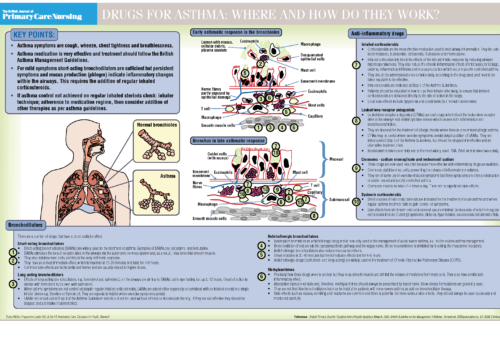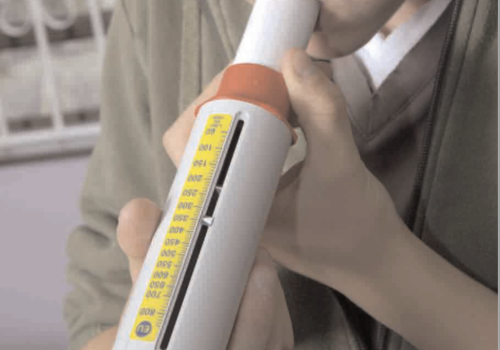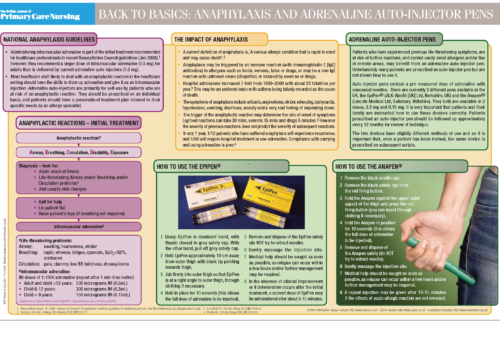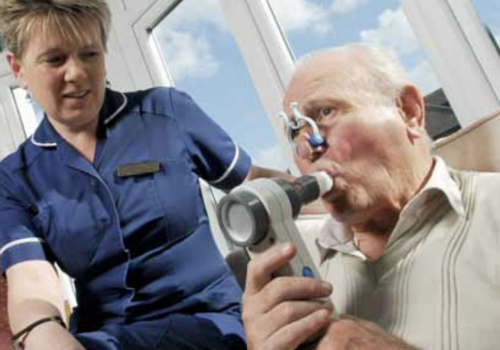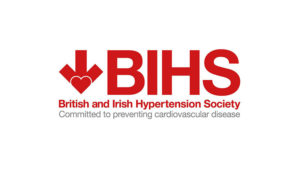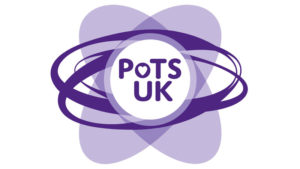Bless you for your support and best wishes for my fifth London Marathon that took place in
late April. My chosen charities this year (Arrhythmia Alliance, www.arrhythmiaalliance.org.uk
and Stars, http://stars.org.uk) are special for me as I have had a pacemaker for ten years. It
was a surprise to be informed that I would have a new box fitted just three weeks before the
Marathon. However those of you who know me would know that would not stop my attempt!
But there are times when even I have to admit defeat! After completing over half the course in
two hours, I decided to let my heart rule my head for once and bail out gracefully before I
collapsed from heat exhaustion! When I was overtaken by a large carrot I knew it was going
to be a real struggle!
A quick guide to interstitial lung disease
Interstitial lung disease (ILD) is a general term for a number of diseases characterised by
progressive pulmonary fibrosis or ‘scarring’ of the lungs. The term fibrosis implies formation
of abnormal connective tissue within the lung parenchyma. These diseases are less
commonly seen in primary care than airways diseases such as asthma and COPD. However,
like COPD, they produce progressive debilitating breathlessness for the patient. It is important
that practice nurses, particularly those with an interest in respiratory diseases, are aware of this
group of diseases and their management as early referral to specialist care is important.
Back to Basics: Drugs for asthma – where and how do they work?
The Null Hypothesis: There’s Nothing to it
Respiratory Infections: How to Minimise the Impact
Accurate diagnosis of respiratory tract infection can be difficult in primary care,
particularly in older patients. Time constraints meaning that most consultations allow
less than six minutes to deal with patients’ clinical problems – with much of the time
devoted to achieving political and financially driven targets – can make it even more
difficult. In this article, we provide practical tips on how to recognise and treat common
respiratory infections.
Hypothesis Testing – Just an ‘Educated Guess’?
Editorial: Giving up smoking for the New Year?
We are about to hit the festive season, but it is also a time when many
people reflect on the past year and make plans for the next – including
thinking about giving up smoking. In this issue we reflect on the impact of
the smoking ban in the UK. Hilary Wareing and Nina Gotz from the Tobacco
Control Collaborating Centre show how there have been significant benefits
in terms of air quality and increased numbers of quitters since the
smokefree legislation came into force between March 2006 and July 2007.
This has been a significant step forward in improving public health, and
provides a foundation to encourage more of your patients to quit.
The problem with asthma…
The current treatment of asthma in the UK is rightfully seen as a triumph of chronic disease management within a primary care setting. Almost all routine asthma care and, increasingly, elements of acute asthma care, are now provided in general practice. Over the past twenty years, significant effort and investment have gone into the production […]
Back to Basics: Anaphylaxis and adrenaline auto-injector pens
The Evaluation and Management of Cough in Adults
Cough as a symptom results in significant impairment of quality of life for patients. Its
wide and varied causes and presentations make diagnosis and management complex.
Many sets of guidelines have been produced to help clinicians in the evaluation and
management of acute and chronic cough. This article uses the British Thoracic Society
(2006) guidelines to provide a summary of the evaluation and management of cough.
Respiratory causes of breathlessness
The development of shortness of breath (SOB) is an expected outcome of overexertion,
as normally occurs after strenuous exercise. SOB occurring at rest or during marginal
exertion is considered abnormal. Multiple organ systems are involved in the differential
diagnosis of SOB but for the purpose of this article, we concentrate on the pulmonary
system and include chronic obstructive pulmonary disease (COPD), asthma, pneumonia,
pneumothorax, interstitial lung disease, lung cancer and dysfunctional breathlessness. This is
the second in a series of three articles focusing on diagnosis of the breathless patient.
How to write a business case
Skills in developing a business case may at first seem to be something far removed from
what a nurse would need. After all we are clinicians, we do the clinical things and
managers do things like business cases. How wrong could you be? This article shows
just how important business planning can be to both nurses and our patients.


